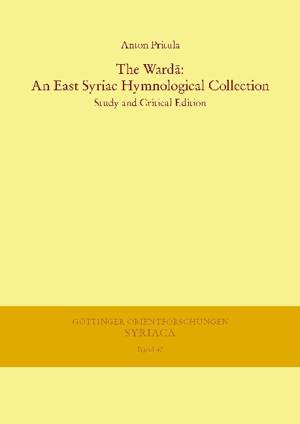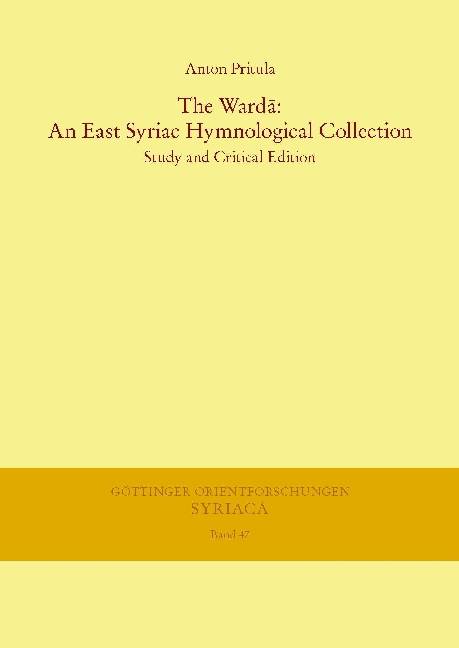
- Afhalen na 1 uur in een winkel met voorraad
- Gratis thuislevering in België vanaf € 30
- Ruim aanbod met 7 miljoen producten
- Afhalen na 1 uur in een winkel met voorraad
- Gratis thuislevering in België vanaf € 30
- Ruim aanbod met 7 miljoen producten
Zoeken
€ 285,45
+ 570 punten
Omschrijving
In the liturgical literature of the Church of East (the so-called Nestorian), the "Warda" collection, meant for the liturgical performance at night services on the festival days and Sundays of the whole liturgical year, holds a special place. Strophic hymns - "?onita" (pl. "?onyata") - contained in the collection are still a part of the liturgy of the East Syrian Church. Altogether, the collection comprises more than 120 hymns, most of which are ascribed to Giwargis Warda (13th century), who is the eponym of this book. According to their content, the hymns can be divided into five categories: exegetic, hagiographic, apocryphal narratives, describing historical events and calamities, dedicated to other subjects. The first part of the book is a detailed study of the textual, poetical and historical peculiarities of the "Warda" collection. Ist evolution stages and the main types have been reconstructed. A special chapter focuses on the position of this book in Syriac church literature and defines ist main sources. The second part represents a critical edition of 35 hymns from the "Warda" collection according to the existing manuscripts, including English translations. Many of these hymns have been translated for the first time.
Specificaties
Betrokkenen
- Auteur(s):
- Uitgeverij:
Inhoud
- Aantal bladzijden:
- 559
- Taal:
- Engels
- Reeks:
- Reeksnummer:
- nr. 47
Eigenschappen
- Productcode (EAN):
- 9783447104753
- Verschijningsdatum:
- 4/11/2015
- Uitvoering:
- Hardcover
- Formaat:
- Genaaid
- Afmetingen:
- 170 mm x 240 mm
- Gewicht:
- 1297 g

Alleen bij Standaard Boekhandel
+ 570 punten op je klantenkaart van Standaard Boekhandel
Beoordelingen
We publiceren alleen reviews die voldoen aan de voorwaarden voor reviews. Bekijk onze voorwaarden voor reviews.








